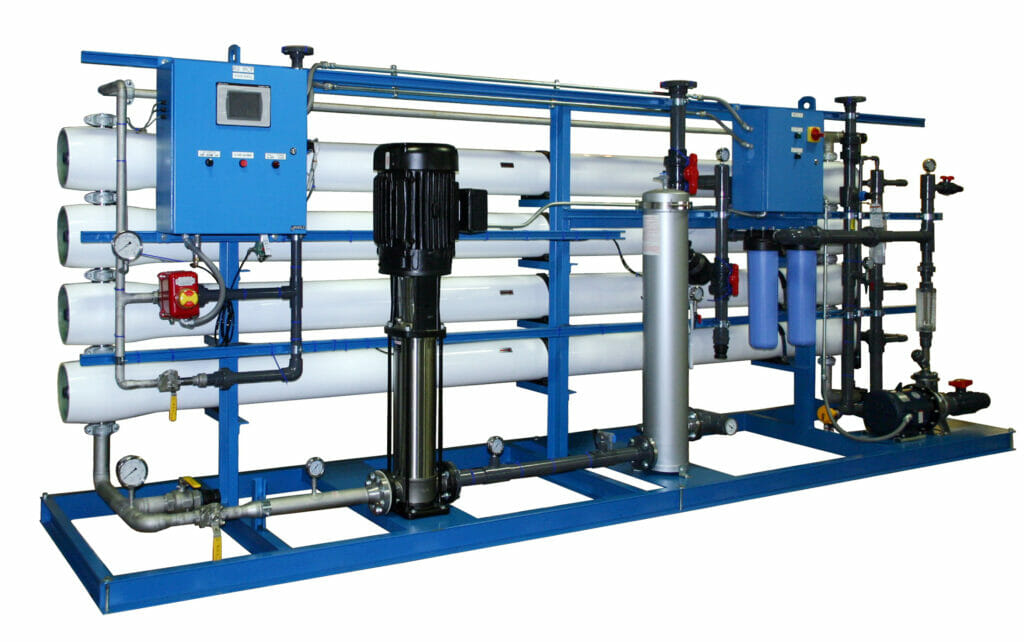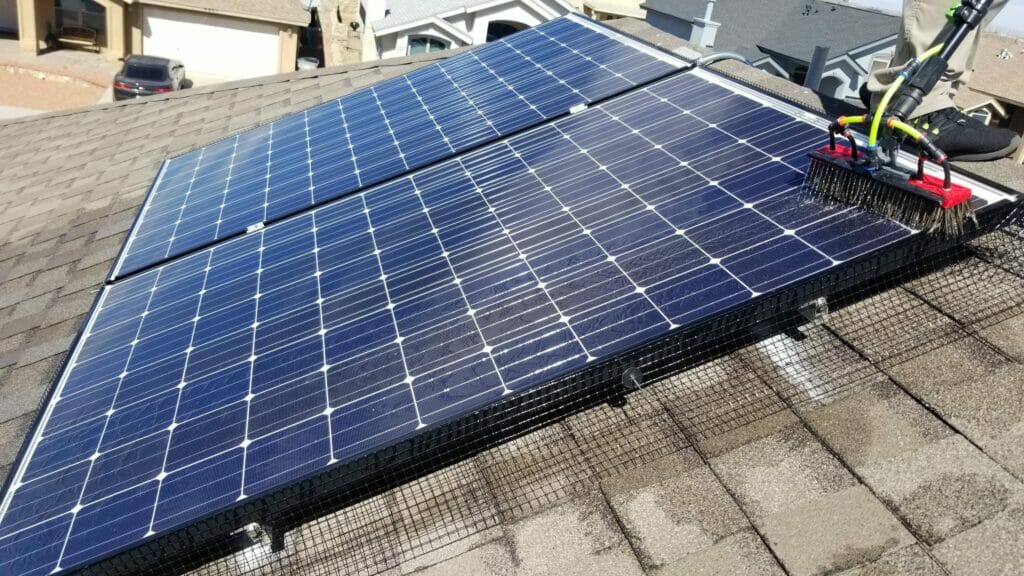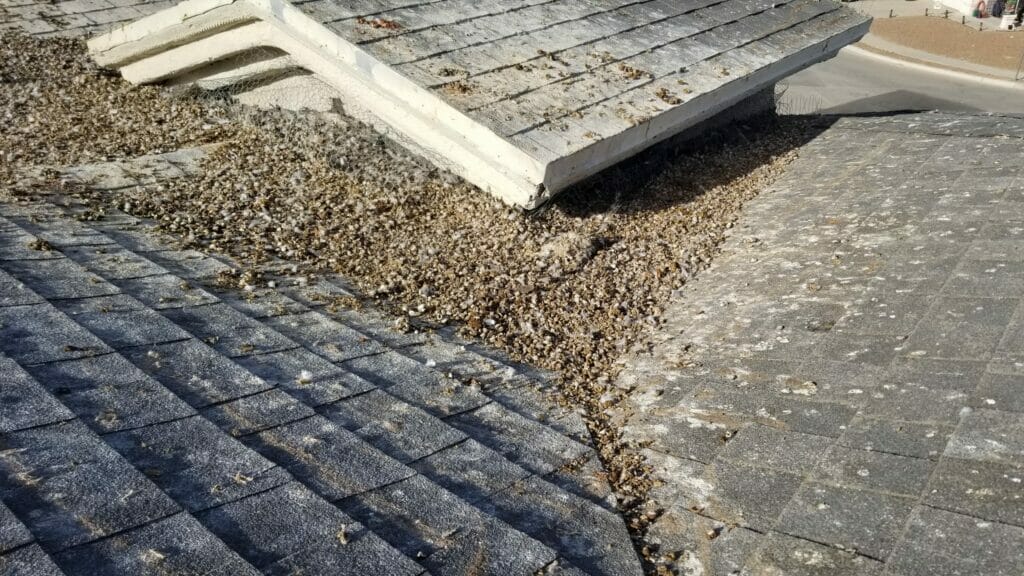The importance of using RO/DI Water purification technology to clean solar panels
Solar panel manufacturers generally argue that rainfall is enough to keep solar panels clean. But that’s basically like saying rain is enough to keep your car clean. Solar panels are often located in areas that don’t get a lot of rain, so even if the rain would actually clean the panels, they aren’t getting rained on. Just like with windows, rain and tap water can leave spots and stains that reduce the panel’s ability to absorb sunlight. Beyond rain and tap water, there are other issues. Yes, dust is a big contributor to dirty solar panels, but it’s not the only one. For one, there’s the problem of bird droppings. Another issue may be exhaust debris, especially if the panels are near an airport or even a busy intersection. If the panels are near a food processing plant, they may get an oily residue. Lots of trees around? Expect tree sap. Some solar panels are placed at a slight, gradual slope. Depending on the panel's frames, rainwater may run downward on the panel, then build into a stagnant pool because the water is trapped by the frame. As the water evaporates, the dirt and dust residue is left behind, blocking the sun and reducing the One thing to watch for is solar panels that are placed at a gradual slope. Depending on the module frames, rainwater may run downward then build into a stagnant pool at the bottom of the frame. When the water evaporates, dust residue is left behind, which acts like shade and reduces the solar cells' energy production. ,



